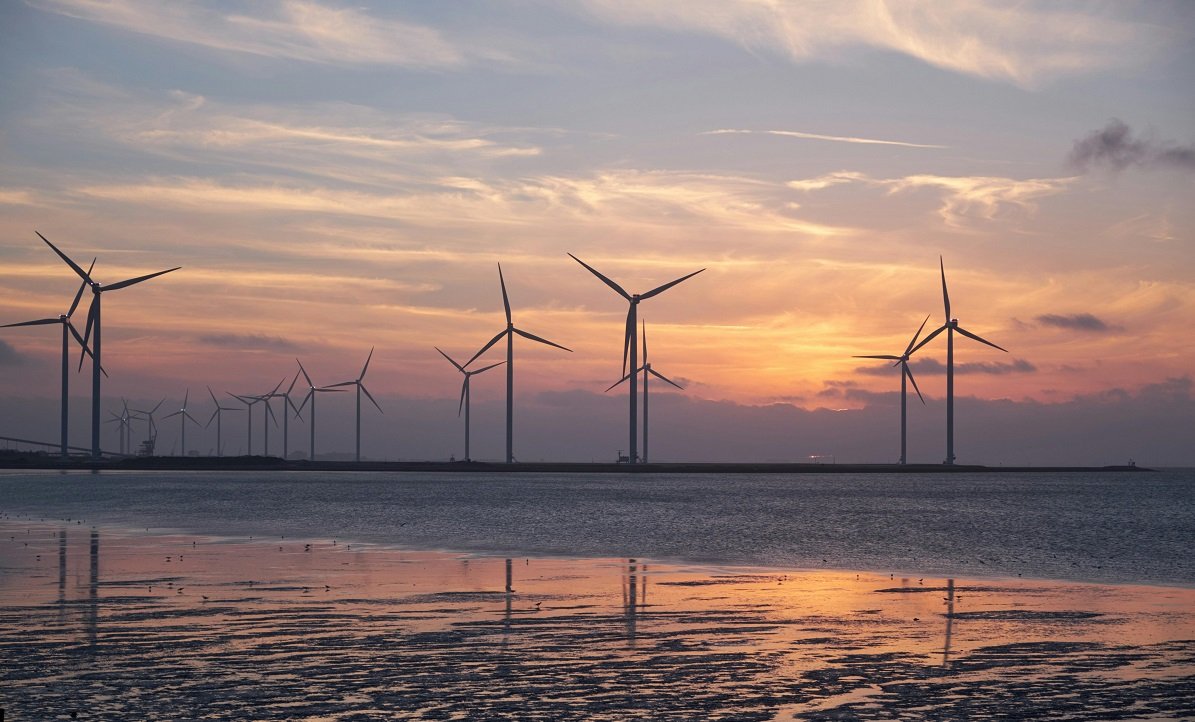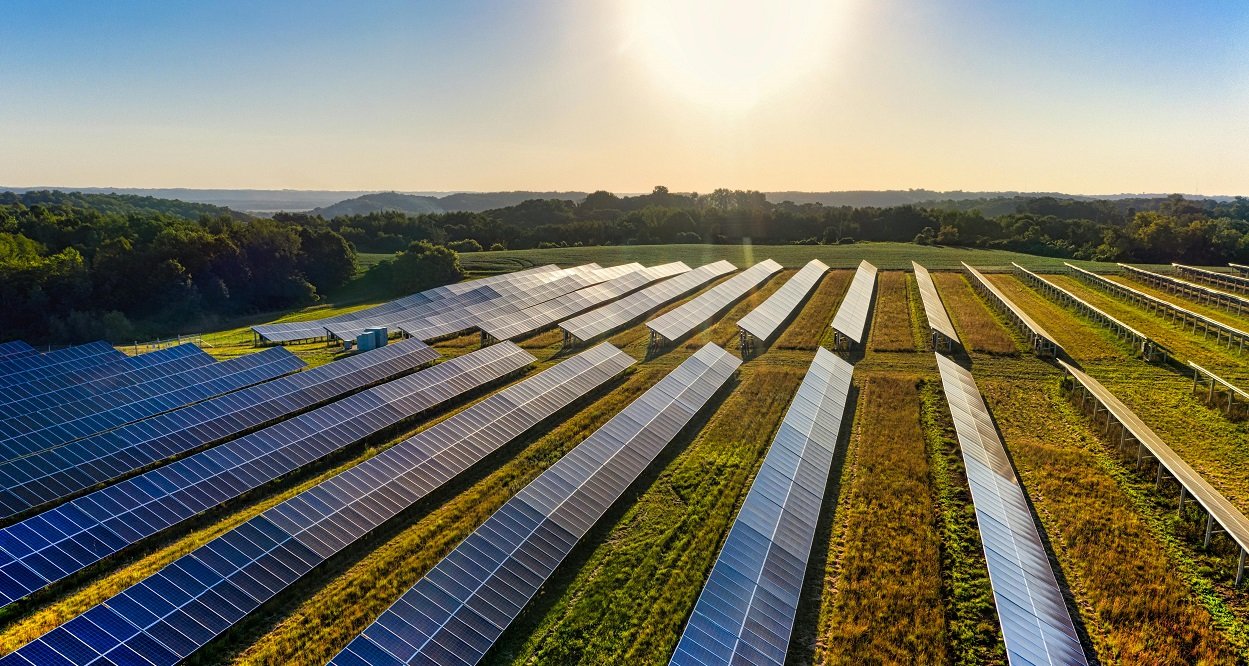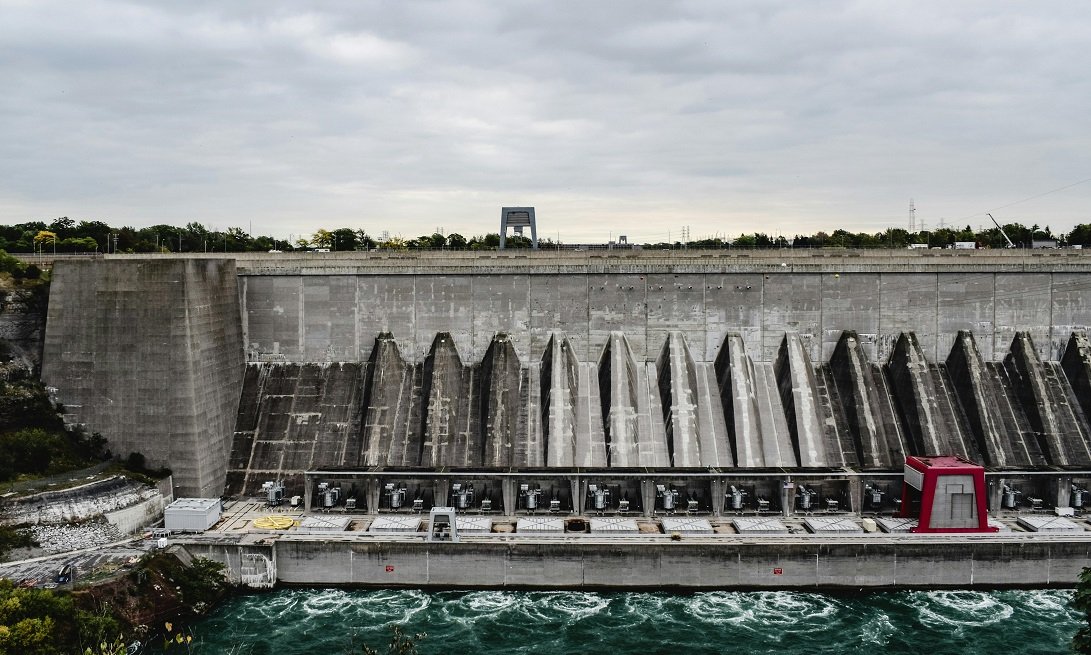Renewable Energy Usage Rates increased significantly in 2024. As a result of the increasing need for energy and the constant increase in energy consumption, alternative and environmentally friendly methods for energy production have become increasingly popular.
While many countries increase their use of renewable energy, many of them obtain almost all their energy from renewable energy. You can find the renewable energy usage rates of the countries later in the article.
What are renewable energy sources?
Renewable energy sources are those that come from natural resources that are constantly being replenished. This means that we can use them over and over again without running out. They are also a clean source of energy, meaning they produce little to no greenhouse gas emissions.
Here are some of the most common renewable energy sources:
Solar Energy
Solar energy is the energy from the sun. It can be captured using solar panels, which convert sunlight into electricity. The most used renewable energy source today is solar energy.
Wind Energy
Wind energy is the energy from the wind. Wind turbines use wind to spin blades, which generate electricity. Although the use of wind energy is increasing, it ranks second after solar energy.

Hydropower Energy
Hydropower is the energy from moving water. Dams use the force of moving water to spin turbines and generate electricity.
Geothermal energy is the heat from the Earth’s core. Geothermal power plants use this heat to generate electricity.
Bioenergy
How do countries use renewable energy?
Costa Rica
In 2022, Costa Rica produced a whopping 98% of its electricity from renewable sources, and they’ve been doing this for more than eight years in a row! They even hold the world record for the most consecutive days powered by solely renewable energy – an impressive 300 days in 2018!
Norway
As of 2016, 98% of electricity generation in Norway came from renewables, with hydropower being their main source. They’ve been harnessing the power of their rivers and waterfalls since the late 1800s, making hydropower a crucial part of their energy mix.
Iceland
With a geothermal energy generation of 86.87%, Iceland is another country leading the charge in renewable energy.
Below table showing some countries and their renewable energy usage rates, focusing on electricity production:
| Country | Share of Renewables in Electricity Production (Approx. %) | Primary Renewable Source |
|---|---|---|
| Iceland | 98.5 | Geothermal |
| Norway | 98.5 | Hydropower |
| Costa Rica | 98 (2022) | Hydropower, Geothermal, Wind |
| Brazil | 89.2 | Hydropower |
| New Zealand | 86.6 | Hydropower, Geothermal, Wind |
| Paraguay | 86 (2020) | Hydropower |
| Denmark | 39.25 | Wind |
| Sweden | 68.5 | Hydropower, Wind |
| Austria | 37.48 | Hydropower |
| Switzerland | 36.72 | Hydropower |
The Future of Forecasting for Renewable Energy
While renewable energy investments continue rapidly, analyzes have been made for the coming years.
According to the International Energy Agency (IEA), renewable energy increased global capacity by 50% in 2023 alone, with solar power accounting for three-quarters of this capacity. Renewable electricity capacity is expected to increase by 7,300 gigawatts between 2023 and 2028, while solar PV and onshore wind use is expected to at least double current levels in India, Brazil, Europe and the US by 2028.
IEA tahminine göre, rüzgardan elektrik üretiminin 2028 yılına kadar iki kattan fazla artarak 350 gigawatt’a (GW) ulaşması ve Çin’in yenilenebilir enerji pazarının yalnızca 2023 yılında %66 artması bekleniyor.
According to the IEA, hydro will remain the largest clean energy provider through 2030 with exciting new technologies on the horizon.
Enhanced geothermal systems (EGS) bring the necessary water from below the Earth’s surface to where it isn’t, enabling geothermal energy production in places around the globe where it wasn’t previously possible. And as ESG technology evolves, tapping into the Earth’s inexhaustible supply of heat has the potential to provide limitless amounts of clean, low-cost energy for all.




